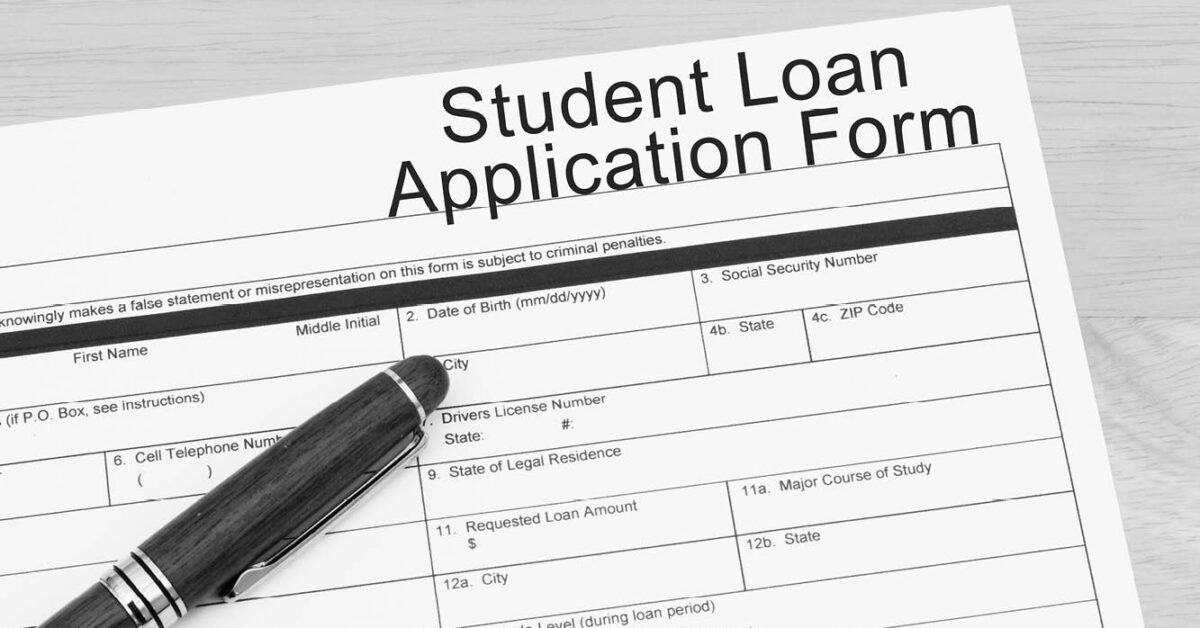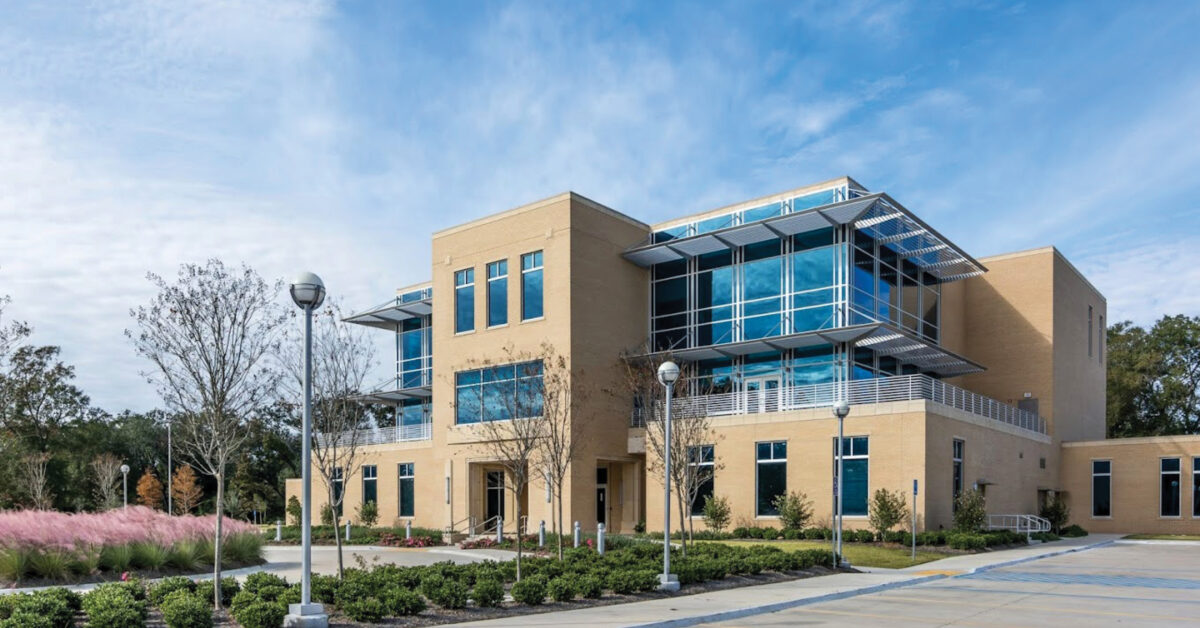
Tips on Choosing a College
March 2021
Stand Up For Children
April 2021Student loans seem like a financial necessity at first glance. But personal finance expert and best-selling author Eric Tyson warns they can be tricky, especially if you don’t fully understand what you’re getting into.
“Student loans aren’t inherently ‘bad,’” says Tyson. “They make sense for many people. But college is expensive, and using loans to pay for it means debt—sometimes a lot of it. Students and parents need to understand what they’re agreeing to before they sign on the bottom line.”
A few facts:
The total amount of student loans outstanding in the U.S. has surpassed $1.5 trillion, making it the second largest form of consumer debt, exceeded only by mortgage debt.
More than one million student loan borrowers default annually on their loans, and only 57 percent are current on their payments.
According to LendEDU’s analysis of student loan debt figures at nearly 1,000 four-year private and public higher education institutions across the U.S., the average graduating borrower received their diploma and left campus with $28,565 in student loan debt.
Those are some hefty numbers, and they underscore why you need to know some important facts and instructions about the payment process. Tyson offers these tips to remember before taking out a loan.
Keep track of your loans. They can get lost (and you can get behind) in the shuffle. Especially if you’ve taken loans from numerous sources, total up the amount of debt accumulated.” Debt surprises are rarely good! Track all of your student loans as they may well be represented by multiple lenders and/or servicers by the time that college degree is earned.
Discuss cosigner responsibilities. If parents have cosigned student loans with their son or daughter, everyone who has cosigned is legally responsible for the repayment of those loans. Putting an agreement in writing is a good idea to ensure that everyone is clear on the plan and there’s some accountability.
Know the loan terms up front. When you take out a federal government student loan, you sign a federal student loan promissory note that spells out the terms and conditions of the loan. Generally, six months after graduation, federal student loan payments begin. Private loans work differently and have different terms and conditions; if you are considering taking out a private loan, take time to understand the terms before committing.
Save money with your loan’s auto-pay feature. When your student loan repayments begin, consider an automatic payment option. This feature drafts the money from your bank account monthly on or before the payment due date. In addition to ensuring you don’t have late or missed payments, most loan servicers or lenders will knock 0.25 percent or so off of the effective interest rate you’re paying for using auto payment. Some private lenders may reduce the rate a tad more than that. One potential downside to putting your student loan repayments on auto payment would be if it ever leads to your bank checking account being overdrawn. Keep an eye on your account balance so that surprise doesn’t occur.
Understand loan forgiveness conditions. There are several conditions under which a portion or all of government student loans can be discharged or forgiven. Most commonly this occurs because the student-borrower is working in a field of public service. However, this may also occur when the student-borrower suffers adverse health conditions. Borrowers who work in education, government, military, certain nonprofit organizations (not labor unions or partisan political organizations), law enforcement, or public health may be eligible for the Public Service Loan Forgiveness program. To be eligible, borrowers must have completed 120 monthly (10 years’ worth) on-time payments; be working full-time in public service; and be paying their loans back under an income-driven repayment plan. Unfortunately, the other conditions under which student loan balances can be discharged are less pleasant to consider, for example the student-borrower suffers a long-term disability or passes away.
Know your federal loan repayment options. There are eight different repayment plans/options for your federal student loans. Many of these plans are sensitive to and based upon the student’s income relative to the amount of student loans he has outstanding. The repayment schedule, however, is not tailored to the local cost of living (strangely, there’s an adjustment only for students in Alaska and Hawaii). So, students-turned-workers who live in high-cost urban areas like New York City, Chicago, Boston, Washington, San Francisco, and so on don’t get any special breaks. Your salary may be a bit higher working for employers in those high-cost areas, which actually undermines your chances and ability to qualify for income-based repayment plans.
Stay open to the possibility of refinancing. By the time a student graduates and begins loan repayment, interest rates on new, comparable loans may be lower. When that occurs, it may be possible to refinance some of your student loans with a private lender at a lower interest rate than you are currently paying.
Ask for relief if you need it. Hard times can happen, and as a result, you may struggle to make your required monthly loan payments. However, you may qualify for some relief from making your federal student loan payments until you can afford to do so again. There are two ways in which you may qualify for what is called “forbearance” of your federal student loans.
You can request general forbearance if you are temporarily unable to make your scheduled monthly loan due to financial difficulties, medical expenses, change in employment, or other reasons acceptable to your loan servicer.
General forbearance is granted for no more than 12 months at a time. Under other circumstances (for example, you are serving in a medical or dental internship or residency program, and you meet specific requirements), you may be eligible for mandatory forbearance, in which your loan servicer is required to grant the forbearance.
Make use of the student loan interest deduction. You may take a federal income tax deduction for each tax (calendar) year for student loan interests that you pay on IRS Form 1040 for college costs. Figures and stipulations vary from tax year to tax year. If you paid $600 or more in interest to a single lender, that lender is required to provide you with Form 1098-E, which documents the interest you paid for the year. Otherwise, ask your lender or loan servicer what you paid in interest for the year in question.
Pause your loans if you return to school. Getting a college degree may not be the end of a person’s higher education. Returning to school at least half-time enables those who have subsidized federal government student loans to pause those loans. With subsidized federal student loans, interest does not accumulate, and no loan payments are due while the student is in school. However, private student loans and nonsubsidized federal student loans are a different matter. The interest keeps accumulating on those even if a former college graduate returns to school at least half-time. With some private student loans, you can’t defer payments, regardless of your student status.
“If you take out student loans for college, they will be a part of your life for years to come, and you should approach them with eyes wide open,” concludes Tyson. “But if you handle them with responsibility, they can be a smart investment in your future.”
Eric Tyson is the author of Paying For College For Dummies® and a syndicated personal finance writer, lecturer, and counselor. www.erictyson.com






